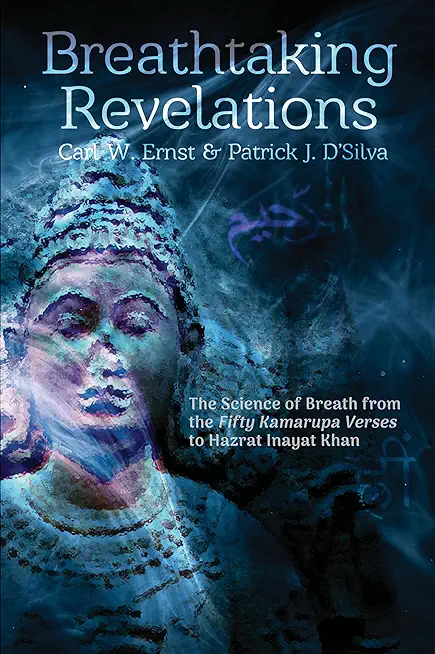
Ernst, Carl
product information
description
fluence of Sufi and yogic breath-based meditation.
For centuries, mystics and seekers in the region of South Asia have pursued techniques of watching the breath, bodily disciplines of yoga, and visionary experiences. The two texts presented here illustrate how adepts of Sufism internalized and explained these practices, starting with an anonymous Persian translation of the Fifty Kamarupa Verses in the fourteenth century, and concluding with Science of Breath composed in English by Hazrat Inayat Khan in the twentieth century. The long tradition of Sufi engagement with yoga, illustrated by these writings, reveals surprising intersections between Hindu and Muslim spiritual practices, and it poses a fascinating challenge to conventional assumptions about interreligious boundaries.
member goods
No member items were found under this heading.
Return Policy
All sales are final
Shipping
No special shipping considerations available.
Shipping fees determined at checkout.







